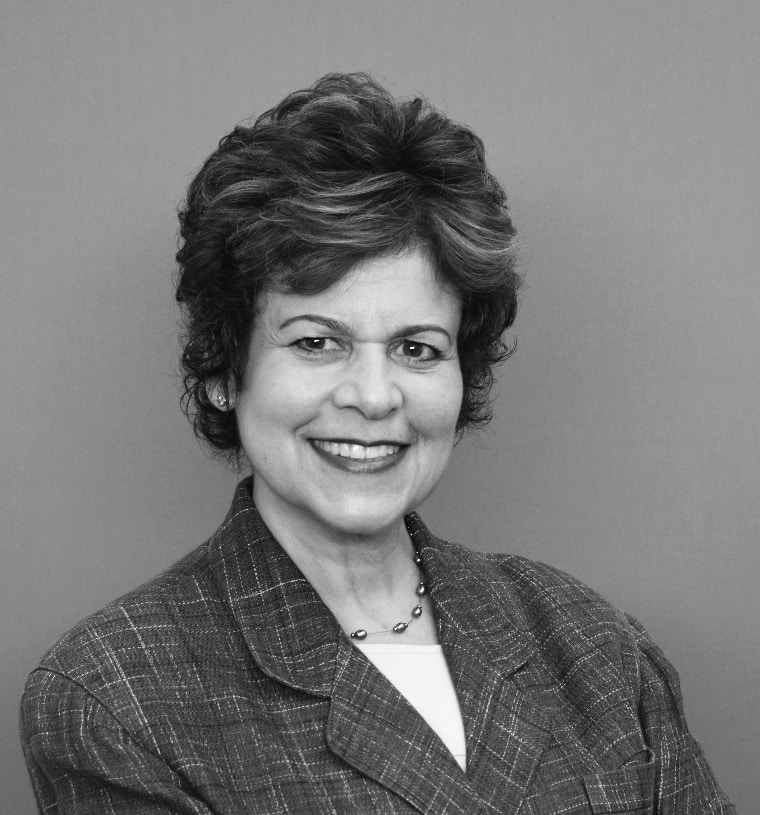March 6, 2018 | Cathy Thomas Hess, BSN, RN, CWCN
3 Minute Read
The Heart of a Successful Wound Care Business: Optimized Workflows
In specialized medical markets such as Wound Care, it is an essential step to review clinical and operational workflows and apply best practices. Net Health 360 Services helps you do just that.
Hear from Cathy Thomas Hess, BSN, RN, CWCN, about how to align clinical and operational workflows to see a return on investment.
View Video TranscriptProper workflows are at the heart of a successful wound care business. Whether you’re in the outpatient wound care setting or an inpatient setting, or a working as a traveling physician, designing clinical and operational workflows requires review and customization of current clinical and documentation practices for your efficient outcome. If workloads are not aligned, adoption rates of the wound care specialty EHR may inhibit best documentation practices as well as your return on investment. Current practices for workflow optimization analysis include the operational processes for registration, coding, billing, medical records, as well as denial management. Also, the cognitive workflow for each clinician and provider delivering those services. Each of these workflows should map to the documentation elements within your wound care specific EHR producing the right mix of operational oversight and clinical experience with the underpinning of a wound care specific EHR will produce efficient business practices and optimal patient flow as well as care.
Performing work flow optimization allows the review of your current processes, your current documentation components and data flows, identifying gaps in best practices, and guiding recommendations for improvement in your clinical and operational workflow. These critical processes will maximize your clinical and operational efficiencies, enhance clinical quality, patient safety, as well as streamlining your current workflows to improve care as well as coordination. When we think about it, given staff turnover or a new department leadership or simply wanting to audit your current processes, engaging with consultants to perform workflow optimization analysis is key to verifying the wound care practices that those workflows are up to date and customization of the specialty wound care EHR is accurate. Taking these critical steps will allow you to manage your wound care business through correct documentation as well as reporting. Additionally, each clinical staff member must understand the rules and regulations that guide wound care documentation, as well as the billing processes in your practice.
The rules within the wound care department are generated from your fiscal intermediary, your Mac, the National Coverage Determination policies, your respective LCDs, the Center for Medicare and Medicaid Services, the Joint Commission, the American Medical Association, UHMS, and so on.
With so many rules and regulations governing your work and your documentation, it’s important to have processes in place to ensure that your documentation supports the rules, including medical necessity. It’s important for you to stay abreast of the NCDs and your specific LCDs for the latest information and guidance for coverage by your specific Mac that processes the Medicare claims in your jurisdiction.
Information for medical necessity can generally be found under the LCD section and that section is going to be entitled: Coverage Indications, Limitations, and/or Medical Necessity. You should also be familiar with the managed care payer agreements as well as their limitations. You also need to remember that documenting medical necessity should be at the top of your mind at each patient encounter. Each service must prove to be reasonable and necessary to diagnose or treat a patient’s medical condition. Further, the diagnosis code reported on the claim with the service rendered is to justify why a service was performed. The diagnosis reported can be the determining factor in supporting or not supporting the medical necessity of the visit. So reach out for assistance if you need help to align your wound care specialty EHR with your organization’s workflows and best practices. Assistance is only a call away.

Cathy is Chief Clinical Officer for WoundExpert® and Vice President at Net Health, and in addition to being the MIPS Clinical Consultant for WoundExpert. She gained over 30 years of expertise in various acute care, long-term care, sub-acute care facilities, home-health agencies, and outpatient wound care department settings. Cathy is the author of Clinical Guide to Skin and Wound Care (also translated into Italian and Portuguese) – Eighth Edition published in September of 2018.







